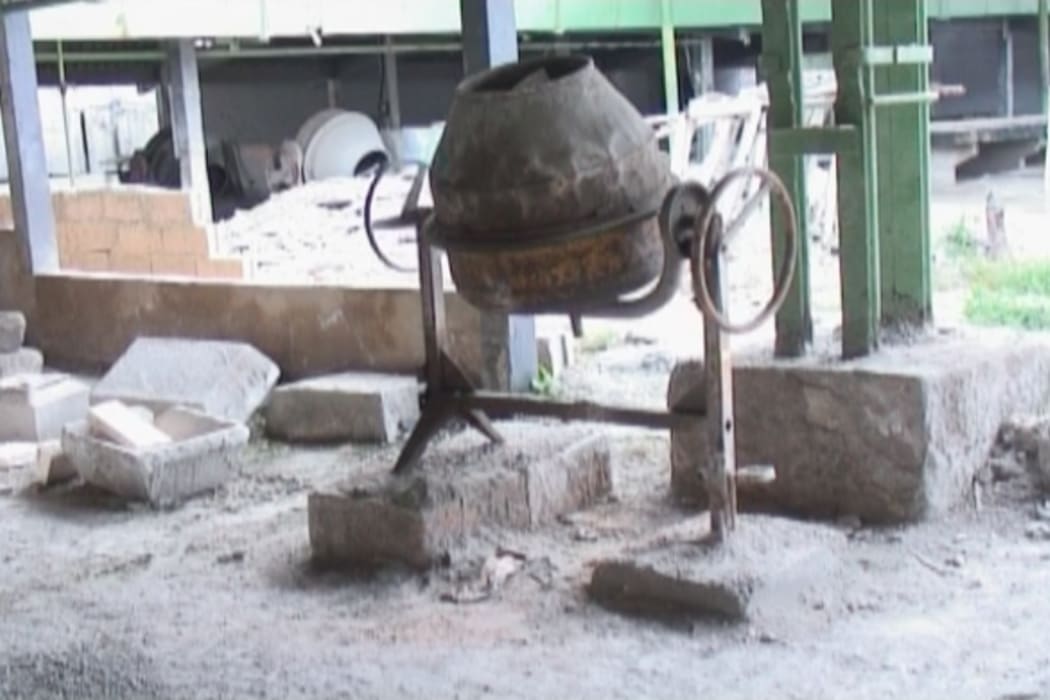
Some weeks ago, a friend (and gallerist too) encouraged to think about political artworks in private collections: is it proper to close in a private collection artworks inspired, or related, or suggested, by political events?
Maybe such works lose their role to inspire discussion, to rise protests, to point out problems. Or not?
Rephrasing the statement: does the private collection isolate the artwork, that becomes an object, a beautiful object, but separated from the society, which should be its primary target? This topic deserves attention.
At first, we must aknowledge that collections have something in common with the families of the Anna Karenina’s first line (Happy families are all alike; every unhappy family is unhappy in its own way): to collect is the common interest, with an almost infinite variability.
Thus, every one has to speak about himself; here we shall speak about our collection.
Maybe it is worth to look shortly back to our story. At the very beginning, some twenty (or more) years ago, our intention was to collect artworks as documents of the artist’s world becoming history in those years: abstraction, informal, art questioning about art itself.
But after a while we had to realize that the artists catch aspects of the society with special awareness, so it is necessary to follow their work to better understand our world and to support, as far as possible, the artist’s project we want to share. Look at the young artists, Anne Poirier told us, it is more interesting and useful.
Thus, leaving aside any financial speculation, as the desire for (and the joy to) own an artwork became a tool not the goal, we understood that we should, perhaps must, follow emerging artists and their work, taking the risk of end up in unknown regions.
Moreover, let us try to understand what means ‘political art’ for us. Basically, we believe that art (true art) is never separated from the social and political environment where the artist lives. But now we are speaking about artworks directly tied with politics.
We remember the opinion of a friend, artist but also avant-garde gallerist years ago, visiting an exhibition in the frame of the project Silver rights by Elena Mazzi, focused on some specific aspects of colonialism in South America and the Mapuche community. He asked himself, and us, clearly a rhetorical question: where is art? the artwork?
In fact, objects that this guy could recognize as ‘artworks’ were not on display in the exhibition. However, it was an art exhibition, undoubtedly political art.
The answer was obvious, but we can look at another aspect of the issue: is it relevant for an artwork inspired to politics to be exhibited publicly, to have a public life, rather than be stored in a private house (or in a warehouse)? Is a private collection the right place for such an artwork?
We assume that both public and private collections have the ultimate mission to preserve, to document and to make public the knowledge of the artist’s ideas and works. Thus, political artworks can find a proper location in both the cases.
We can imagine a private collection as a crossing point, where the artworks are saved to be made available later to the community: probably we do not know when and how, but we have to act in such direction.
Back to our collection, the first work directly inspired to a political issue (the situation of workers whose work is becoming unnecessary) we acquired for the collection: The Making of Forty Rectangular Pieces for a Floor Construction (2008), a film by Adrian Melis, is among the works more required for institutional exhibitions.
At the beginning we quoted Tolstoy: like the word ‘family’, the word ‘collection’ is shared, the features are as many as the collections. But, if the mission of collecting is to give a contribution (small or large, doesn’t matter) to make the world better supporting art, political artworks in private collection are welcome.

